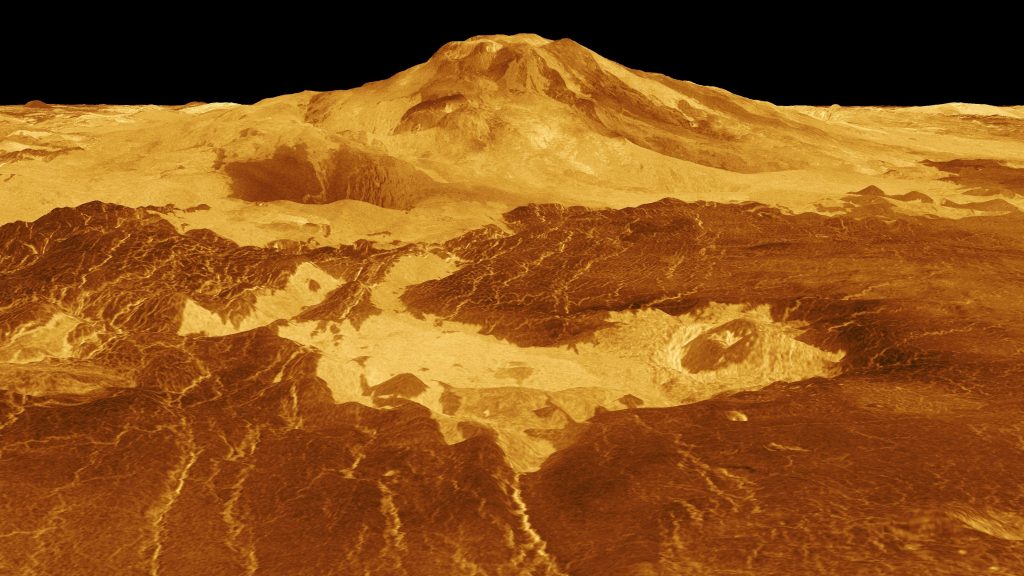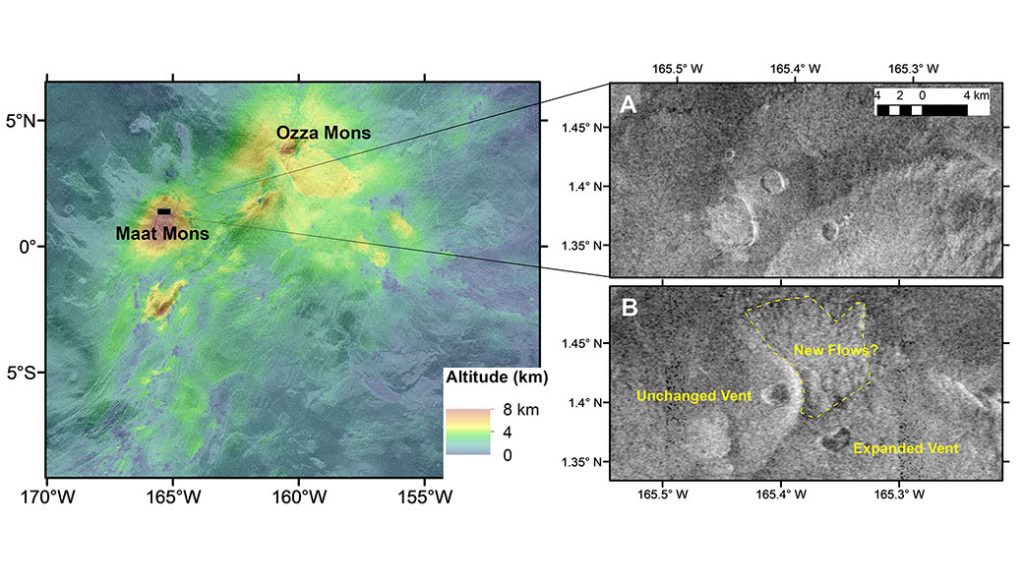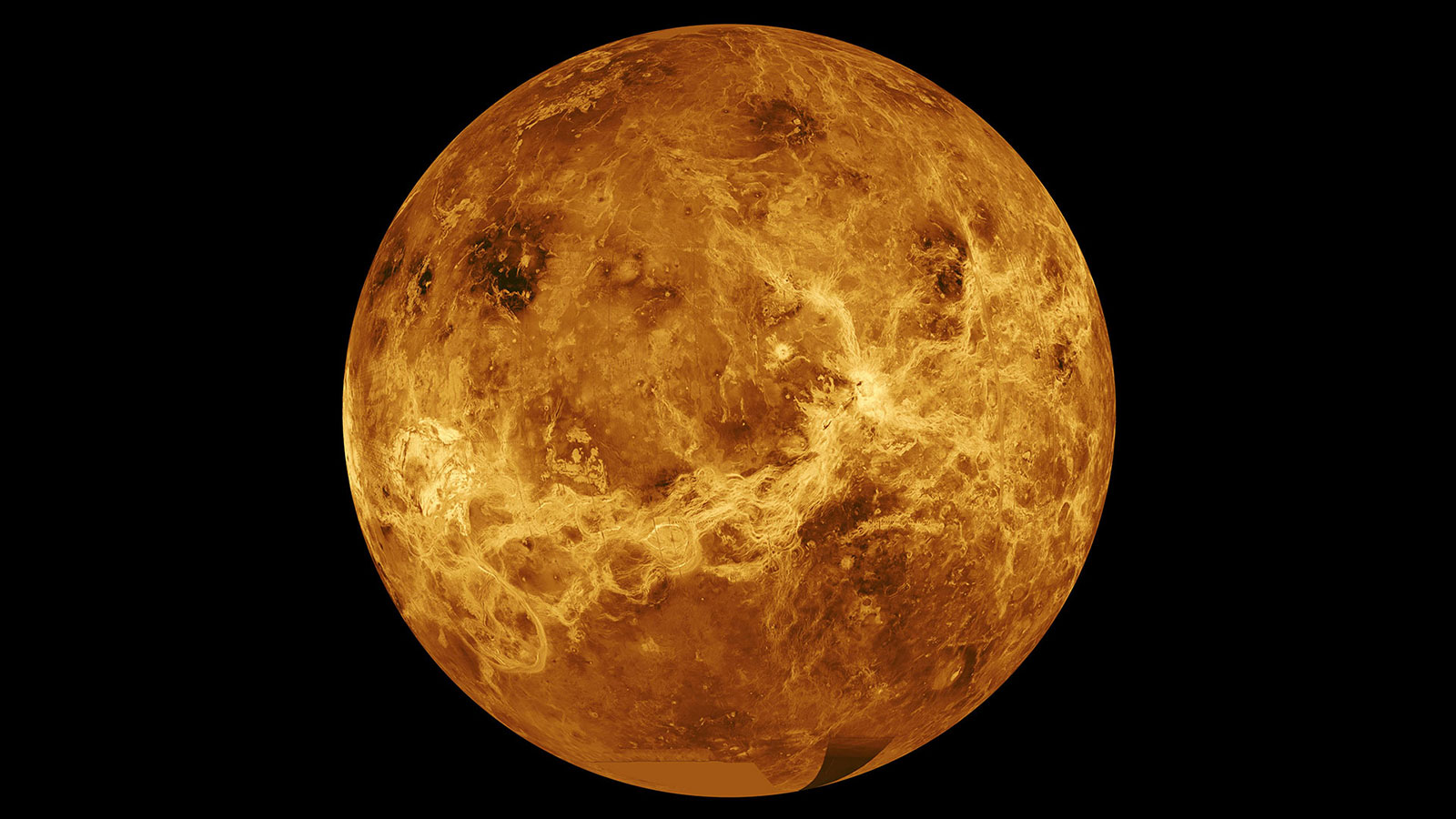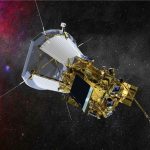Venus is the hottest and brightest planet on our planet, with a surface temperature of about 900 degrees Fahrenheit. Take note: this temperature is hot enough to melt lead. Imagine how hot that is!
The planet is well-known for its crushing pressures, thick, toxic atmosphere filled with carbon dioxide, and yellowish sulfuric acid clouds. Not to mention, the surface of Venus also consists of true mountain ranges, lava fields, and thousands of large volcanoes, making this planet’s environment hellish.
Moreover, Venus has the most volcanoes out of all planets in our solar system. Previous research suggests it possesses more than 1,600 major volcanoes and could have more than 100,000 or even 1 million smaller ones!

Before, these volcanoes have been long debated whether they are active. But thanks to NASA’s Magellan spacecraft launched on May 4, 1989, scientists finally have direct evidence of active volcanism on Venus.
Robert Herrick, a planetary scientist at the University of Alaska Fairbanks, and a colleague spotted the volcanic maw or vent on Venus on the radar surface imagery collected in 1991. The vent is where the volcano erupts its ash, rock, and lava.

The image revealed that the volcanic vent on the north side of Maat Mons changed shape, expanded, and increased greatly in size in just over eight months.
Maat Mons is a colossal shield volcano on Venus and the planet’s highest volcano and second-highest mountain.
Herrick found the difference after analyzing the two side-by-side black-and-white images taken eight months apart from the same spot on the volcano’s north side.

They also saw that the volcanic vent shape had changed. In the first image, the vent was circular. However, the second showed it appeared misshapen and kidney-shaped.
Herrick worked with Scott Hensley, project scientist for VERITAS, and created computer models or simulations of the vent to know what might have caused the changes. The simulations matched the images and revealed that the volcano most likely erupted on the surface of Venus during Magellan’s mission.
This discovery will help scientists reveal how Venus turned into a hellscape and better understand its atmosphere.
Determining active volcanism on Venus could also indicate that the planet can be a habitable place in the future. This is because active volcanoes are essential to life, keeping the atmosphere and allowing a planet to be habitable.
Right now, active volcanoes are only found on Earth and Io (one of Jupiter’s moons).
In the 2030s, missions will be conducted to understand Venus better. They will send a fleet of spacecraft to peer into Venus’ clouds and through the planet’s thick, toxic atmosphere. This includes NASA’s VERITAS (Venus Emissivity, Radio Science, InSAR, Topography, and Spectroscopy), Europe’s EnVision, and DAVINCI (Deep Atmosphere Venus Investigation of Noble gases, Chemistry and Imaging).







